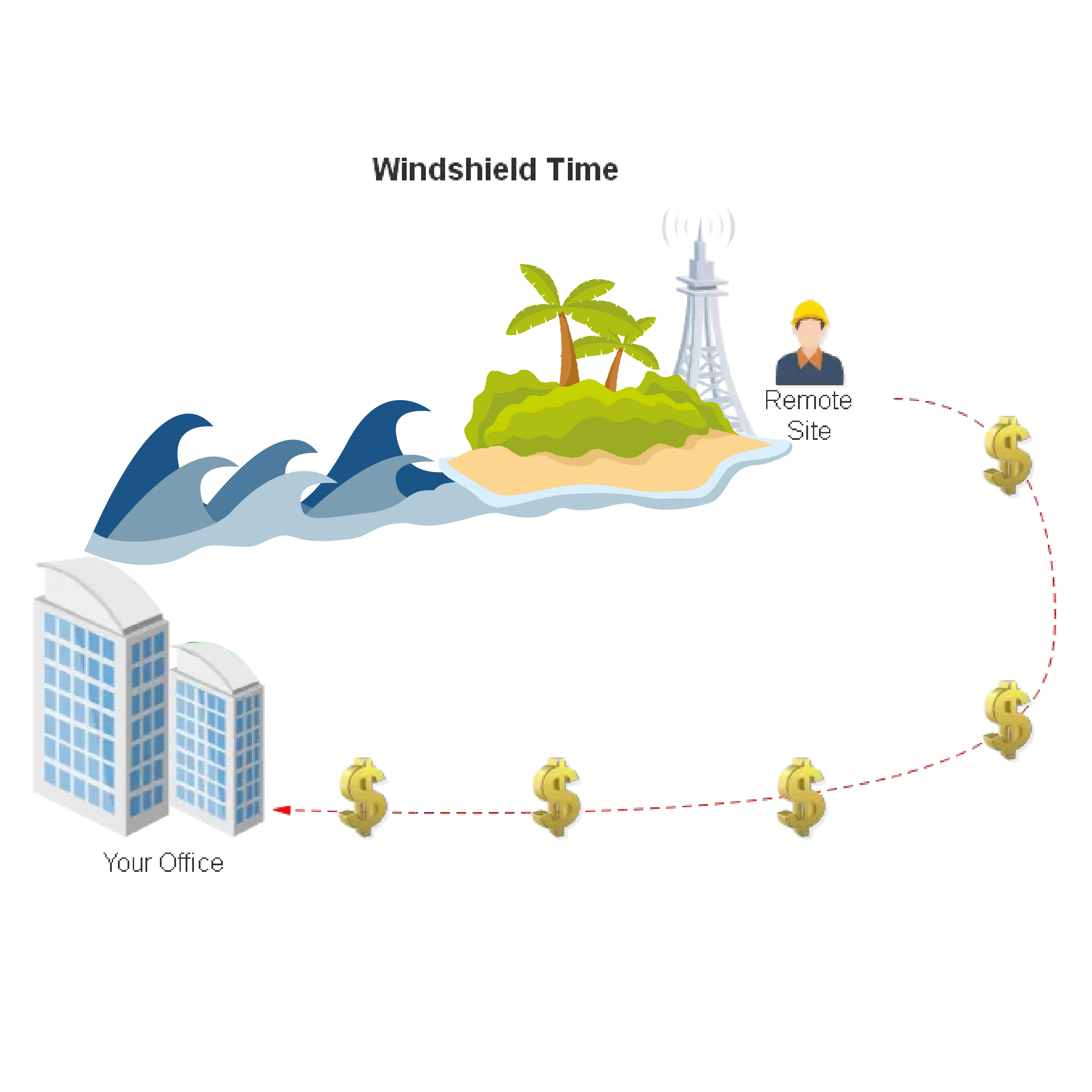Check out our White Paper Series!
A complete library of helpful advice and survival guides for every aspect of system monitoring and control.
1-800-693-0351
Have a specific question? Ask our team of expert engineers and get a specific answer!
Sign up for the next DPS Factory Training!

Whether you're new to our equipment or you've used it for years, DPS factory training is the best way to get more from your monitoring.
Reserve Your Seat TodayMany industries - including telecommunications, utilities, energy production, transportation, and government agencies - rely on remote sites to keep operations running smoothly. These sites are often located in difficult-to-reach areas like mountain ranges. In coastal areas, they can be on isolated islands that require long boat trips to access.
Island sites present unique challenges due to the difficulty of maintaining and monitoring equipment in these distant locations. This is something we sometimes have to help our clients face. For example, National Grid Corporation of the Philippines (NGCP) has a notoriously large number of small islands to manage.
The inability to access remote locations quickly when issues arise often leads to extended downtime, lost productivity, and significant repair costs.
This problem is especially bad for island-based sites, where access involves lengthy boat trips, adding considerable complexity and cost. Keeping these remote sites operational demands a solid strategy and specialized equipment designed to handle the challenges of island isolation.

Managing remote island sites is significantly more complicated than managing inland sites. The additional logistical challenges - including traveling by boat - add complexity. Some core challenges of maintaining these sites include:
Without a dependable way to monitor these sites, you face mounting operational costs, frequent site visits, and longer downtimes.
You may have tried various methods to mitigate the challenges associated with island sites. Unfortunately, many of these approaches fall short. Without a proper remote monitoring system, other solutions prove temporary or (even worse!) completely ineffective.
To overcome these problems, you need a complete remote site monitoring system that allows you to manage your island sites without frequent, costly trips. The ideal system should monitor data metrics, consolidate data and alarms, and notify you immediately when an error or anomaly occurs.
To accomplish these tasks, you might consider equipment from DPS Telecom. They include solutions specifically designed to address the challenges of monitoring remote sites, including island sites. You get real-time monitoring, control, and alarm notification for sites that are difficult to access.
For example, the T/Mon Remote Alarm Monitoring System is an all-in-one platform that consolidates data from various remote sites into one centralized interface. T/Mon collects data from multiple protocols and devices, giving you a clear view of all your remote island sites from a single screen. This allows you to monitor environmental factors and equipment health from one location, eliminating the need to visit the site.
DPS RTUs are deployed at your remote sites to monitor environmental conditions, power supply, and critical equipment. The NetGuardian 864A is a versatile RTU that can monitor up to 64 alarms, collect SNMP data, and provide remote control capabilities to reboot or adjust equipment settings. Managing equipment remotely means you can resolve issues without making a costly trip to the island site.
The Remote Power Switch AB6 G6 is another solution that can address the challenges of remote island sites. This device allows you to remotely control the power supply to critical equipment, including rebooting or shutting down devices as needed. By providing this level of control, you eliminate the need for emergency boat trips just to power cycle equipment.
If you're struggling with the high costs and operational difficulties of managing remote island sites, DPS Telecom has the solutions you need. With centralized monitoring platforms, remote telemetry units, and remote power control solutions, we can help you reduce downtime, cut costs, and eliminate unnecessary trips to your island sites.
Contact DPS Telecom today to learn how our solutions can streamline your operations and keep your critical infrastructure running smoothly.
Call 1-800-693-0351 or email sales@dpstele.com now for more information.

Andrew Erickson
Andrew Erickson is an Application Engineer at DPS Telecom, a manufacturer of semi-custom remote alarm monitoring systems based in Fresno, California. Andrew brings more than 19 years of experience building site monitoring solutions, developing intuitive user interfaces and documentation, and opt...